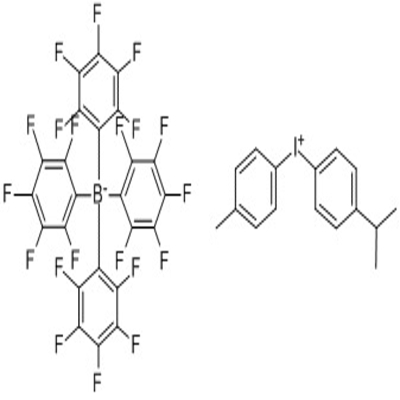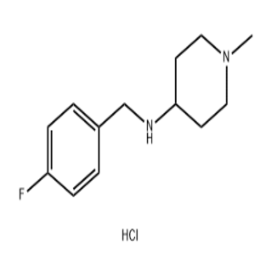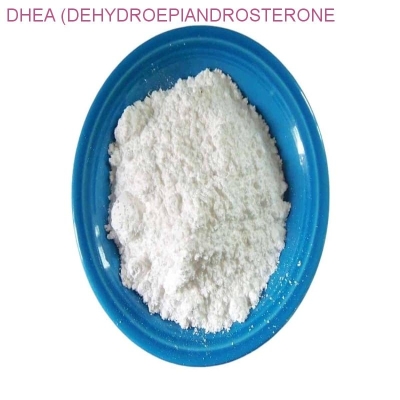-
Categories
-
Pharmaceutical Intermediates
-
Active Pharmaceutical Ingredients
-
Food Additives
- Industrial Coatings
- Agrochemicals
- Dyes and Pigments
- Surfactant
- Flavors and Fragrances
- Chemical Reagents
- Catalyst and Auxiliary
- Natural Products
- Inorganic Chemistry
-
Organic Chemistry
-
Biochemical Engineering
- Analytical Chemistry
-
Cosmetic Ingredient
- Water Treatment Chemical
-
Pharmaceutical Intermediates
Promotion
ECHEMI Mall
Wholesale
Weekly Price
Exhibition
News
-
Trade Service
Next generation sequencing (NGS), also known as high-volume sequencing, enables simultaneous analysis of millions or even billions of DNA, achieving the goal of high-volume sequencing.
has published a number of technical guidelines for NGS testing abroad, including the Second Generation Sequencing Diagnostic Guide, the Second Generation Sequencing-Based Tumor Panels Verification Guide, etc.
China has also published a number of NGS expert consensus in recent years, including "Clinical Molecular Pathology Laboratory Second Generation Gene Sequencing Expert Consensus", "Clinical Gene Testing Report Specification and Gene Testing Industry Consensus Discussion", "Second Generation Sequencing Technology in the Application of Tumor Precision Medicine Diagnostics", "Second Generation Sequencing Technology in Blood Tumor Application of China Expert Consensus (2018 Edition)" and so on.
, however, existing guidelines usually focus on the technical parameters of the inspection department, and there is a lack of guidelines or consensus to guide the application of NGS testing in the path of clinical diagnosis and treatment of solid tumors.
the large number of patients with non-small cell lung cancer (NSCLC) in China, the availability of precision therapy drugs is high, and comprehensive and accurate diagnosis of tumor genes has become a new need for clinical diagnosis and treatment of lung cancer physicians.
September 2020, the Chinese Expert Consensus on the Clinical Application of Second Generation Sequencing Technology in NSCLC (2020 Edition) was officially published in the Chinese Journal of Lung Cancer, with the aim of providing guidance for the use of NGS as a new gene testing technique for NSCLC clinical diagnosis and treatment in China.
(Source: China Journal of Lung Cancer, same 2) NSCLC Patient Consensus 1 recommends that all pathological diagnoses be lung adenocarcinoma, lung cancer with adenocarcinoma components, and NSCLC patients with late-stage new or postoperative recurrences that cannot be divided for routine genetic testing.
I-level recommendation is also recommended for patients diagnosed with a mixed squamous cancer with adenocarcinoma components or differentiation of adenocarcinoma, as well as young or non-smoking/less smoking lung scale cancer.
Level II Recommendation: Comparative Consensus 2 between NGS and traditional testing methods recommends the use of NSCLC products approved by the National Drug Administration (NMPA) or the U.S. Food and Drug Administration (FDA) when the conventional genetic test results are negative in patients with high rates of sensitive mutations (see Consensus 1).
(Level III Recommendation) The target range recommended for the first genetic testing in patients with late-stage new or postoperative relapse NSCLC 3 For patients with late-stage new or postoperative recurrence of NSCLC, the first test recommended NMPA approval Testing products that include at least NSCLC common driver genes: EGFR mutations (which should cover exons 18, 19, 20, 21), and ALC fusion, ROS1 fusion.
I-level recommendation: NSCLC rare drive gene consensus 4 for patients with late-stage new or postoperative recurrence of NSCLC patients, combined with the actual clinical situation of patients, in order to obtain more potential target information, the first test recommended the use of NMPA or FDA-approved testing products, testing including BRAF V Rare drive gene variants such as 600E, KRAS (e.g. G12C, etc.), NTRK1/2/3 fusion, MET 14 exon jump mutation and MET amplification, ERBB2 20 exon insertion, RET fusion, etc.
NSCLC Common/Rare Drive Gene Rare Variants Consensus 5 Consensus 3 and Consensus 4 When genetic testing is negative for retesting in NSCLC patients, it is recommended to use NMPA or FDA-approved NGS products The detection included rare variants of EGFR (including kinase region repetition and fusion), BRAF rare variants (including kinase region repetition and fusion), MET rare variants (including kinase region repetition and fusion), and ERBB2 fusion.
(Level III Recommendation) Immunotherapy Efficacy and Prognostic Biomarker Consensus 6 combined with the actual clinical situation of patients, if you need to obtain information on molecular markers related to immunotherapy, late-stage new or postoperative recurrence of NSCLC patients, it is recommended to use NMPA or FDA approved NGS products for testing, testing including MSI, tTMB, immunotherapy positive and negative genes and immunotherapy super-progress related genes, including immunotherapy-related molecular markers.
(Level III Recommendation) NGS testing platform selection consensus 7 in the conditions allowed, if the patient has the will to obtain the most comprehensive genetic mutation information, late new or postoperative recurrence of NSCLC patients, the first genetic test can choose their own NMPA or FDA approved CGP NGS testing products, in a comprehensive understanding of the tumor genome information based on the development of a first-line treatment plan.
Level II Recommendation: NGS liquid biopsy can be used as an important supplement to tissue testing in patients with late stage 8 new or postoperative recurrence of NSCLC, the first genetic test tissue sample is insufficient or tissue test failure, approved by NMPA or FDA liquid biopsy test products can be used as an auxiliary or supplement.
Level II Recommendations For patients with cerebral metastasis (including meninges transfer), there is evidence that cerebrospinal fluid ctDNA performs better detection than blood ctDNA, giving priority to the use of cerebrospinal fluid for fluid biopsies when conditions permit.
(Level III Recommendation) There is evidence that chest fluid ctDNA reflects better detection performance than blood ctDNA, and, if conditions permit, priority is given to the use of chest fluid for liquid biopsy under the premise of pathological analysis of tumor cells in chest fluid residue.
(Level III Recommendation) Targeted treatment of drug-resistant NSCLC patients for genetic testing consensus 9 for targeted treatment of drug-resistant patients, in order to better guide the choice of follow-up treatment options, it is recommended to use NMPA or FDA approved CGPNGS testing products for re-testing.
Level II Recommendations Consensus 10 Priority is given to retesting after targeted treatment resistance, and supplementary testing can be performed using CGP NGS liquid biopsy test products approved by NMPA or FDA if the tissue biopsy or biopsy tissue sample is insufficient again.
the specification consensus of NGS test samples in NGS testing type and testing process should meet the specification requirements for the collection and preservation of NGS test samples in NGSCLC.
patients who have not been treated with targeted/immunotherapy, NGS testing should be preferred for pathologically assessed tissue samples.
who have received targeted/immunotherapy should use post-treatment samples as much as possible.
12NSCLC's NGS inspection process should comply with specifications and be equipped with sound standard operating procedures and independent quality control procedures.
the clinical interpretation consensus 13 second generation sequencing technology of NGS test report brings more and more comprehensive gene mutation information to NSCLC patients, and advocates the formation of NSCLC-MTB to correctly interpret the results of gene testing and make individual clinical treatment decisions.
application of the second-generation sequencing technology of sub-recommendation II will lay the foundation for the individualized clinical diagnosis and treatment of NSCLC patients.
In the future, through the whole process management of patient clinical diagnosis and treatment information, genetic test results and follow-up treatment plan, we can establish an individual precision treatment platform for NSCLC patients, and accumulate real-world data, and constantly enrich and improve the panorama of individual diagnosis and treatment of NSCLC patients in China.
addition, it is also an important development direction for oncology clinicians to build a new multidisciplinary diagnosis and treatment model of the Committee of Molecular Oncology Experts in cooperation with pathologists, molecular biology and bio-information experts.
: Committee of Experts on Non-Small Cell Lung Cancer, Chinese Society of Clinical Oncology. Clinical Application of Second Generation Sequencing Technology in NSCLC China Expert Consensus (2020 Edition). Chinese Journal of Lung Cancer, 2020, 23 (9): 741-761.







